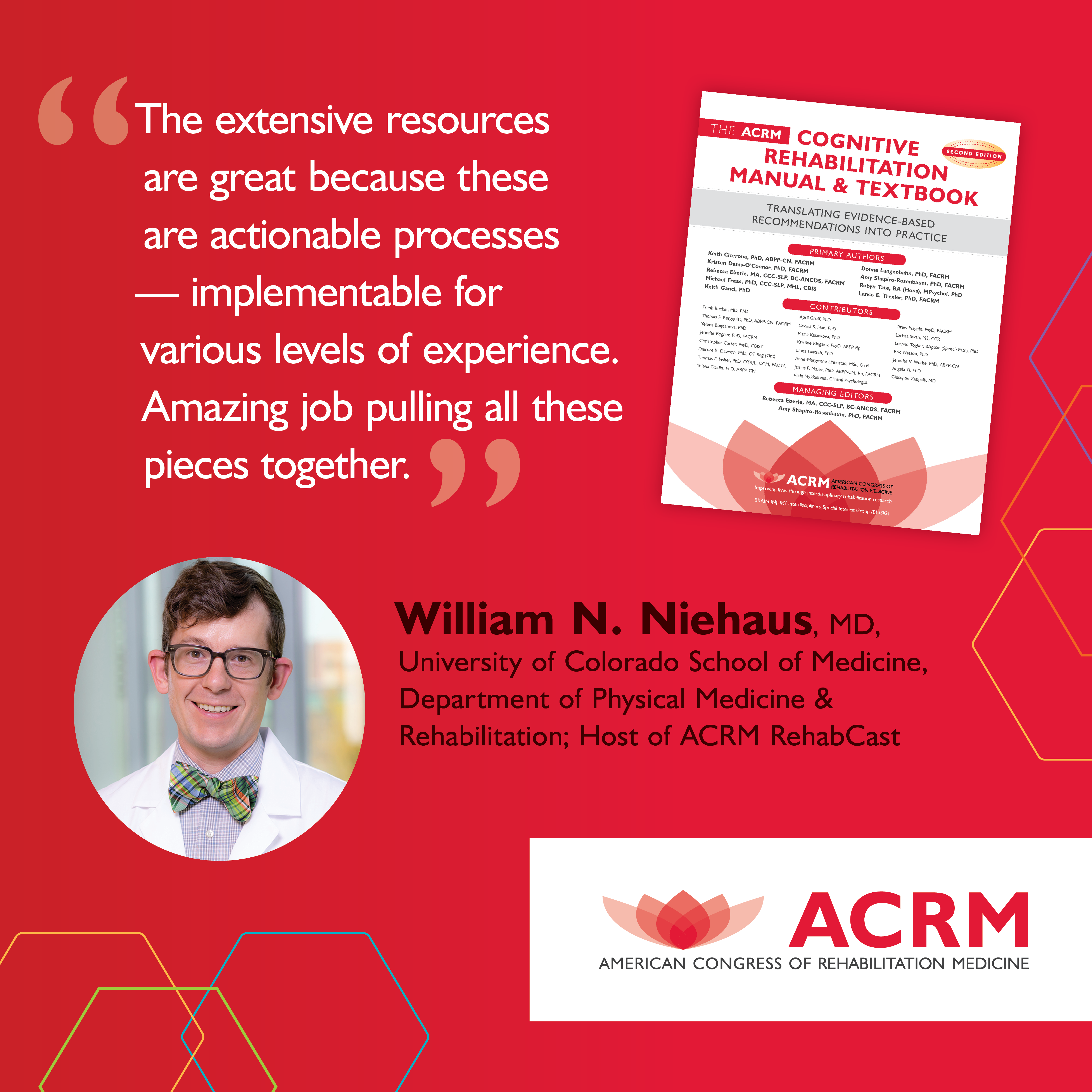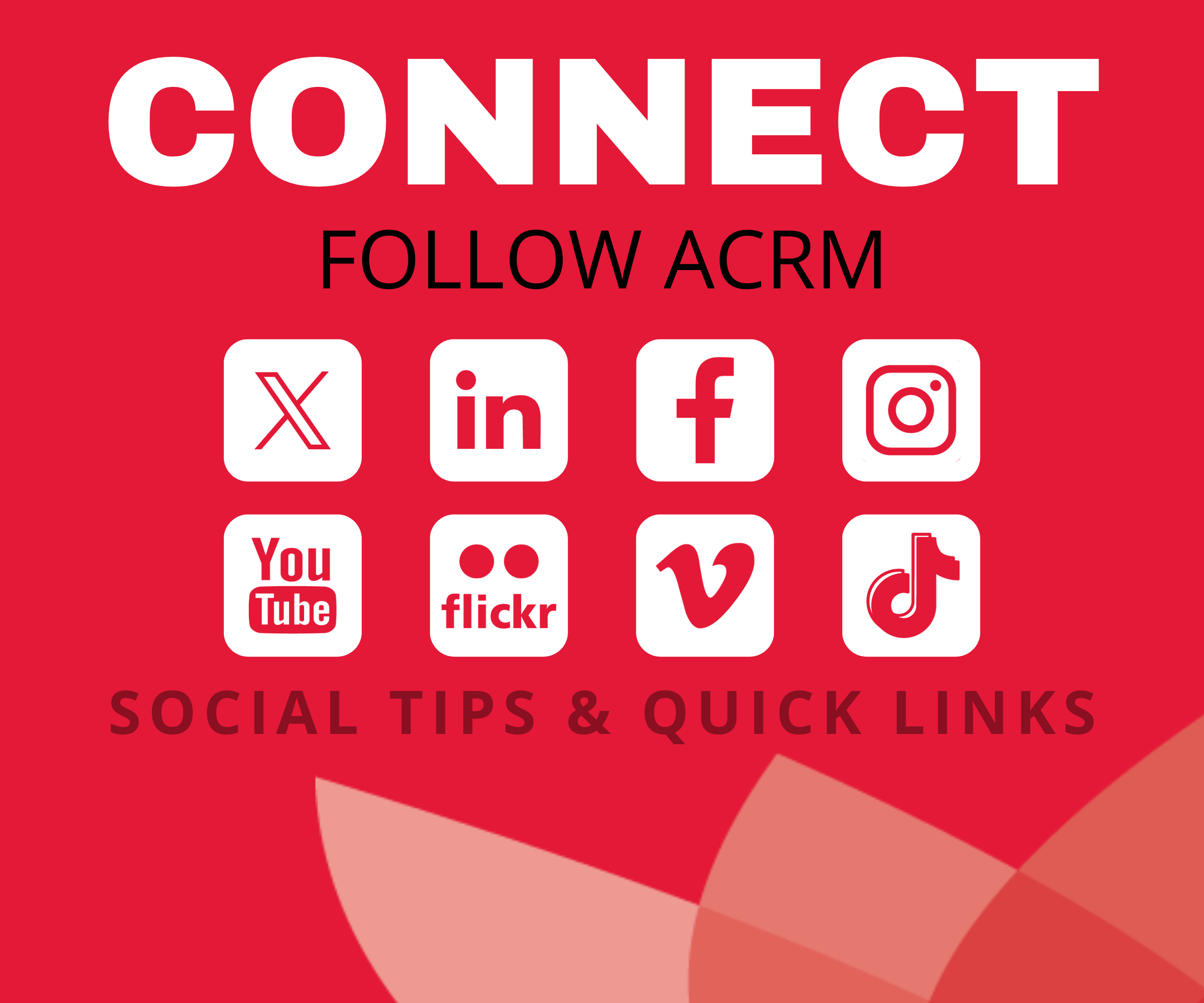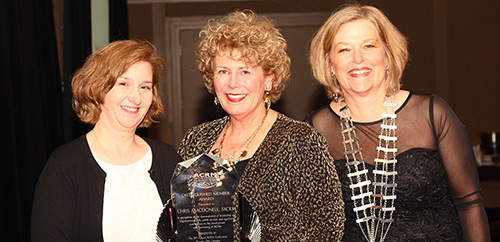Chronic Brain Injury Task Force
MISSION
The mission of the task force is to work on a series of projects aimed at understanding and improving long-term (chronic) brain injury outcomes.
PURPOSE
The purpose of the Chronic Brain Injury Task Force is to work on a series of projects aimed at understanding and improving long-term (chronic) brain injury outcomes.
UPCOMING MEETING
Thank you for being a part of the BI-ISIG Chronic Brain Injury Task Force! We love that the ACRM attracts the most passionate interdisciplinary mix of rehabilitation pros from around the world. What an honor to collaborate with such driven individuals. We hope to meet with you at our upcoming networking group meeting to discuss current projects and opportunities for contribution and collaboration.
BI-ISIG Chronic Brain Injury Task Force Meeting
Join us to discuss the 2025 ACRM Annual Conference, Task Force updates, and new projects. We welcome your participation.
Save the date!
Date: the First Tuesday of each month
Time: 4:00 PM ET
Meeting ID: 892 8496 8463
Passcode: 052187
CO-CHAIRS

Sheryl Katta-Charles, MD
CO-CHAIR
Assistant Program Director, IU PM&R Residency Program Medical Director,
Brain Injury Rehabilitation, Rehabilitation Hospital of Indiana Assistant Clinical Professor,
Indiana University School of Medicine

Candice Osborne, PhD, MPH, OTR
CO-CHAIR
Research Scientist II
Craig Hospital

Summer Ibarra, PhD, ABPP-RP
PAST CO-CHAIR
Clinical Neuropsychologist
Franciscan Health Indianapolis

Flora Hammond, MD, FACRM
PAST CO-CHAIR
Department Chair, Physical Medicine & Rehabilitation
Indiana University
2025 GOALS
- Enhance medical education and increase awareness about prognosis, outcome trajectories, cBI, and long-term needs.
- Initiate and continue projects focused on knowledge translation targeted at various community providers commonly serving individuals with cBI (e.g., Primary care, psychiatry, emergency services, etc.)
- Improve education and awareness of people living with the effects of BI about prognosis, outcome trajectories, cBI, and long-term needs.
- Continue to author series of Information/Educational Pages (I/EPs) to be submitted to Archives Physical Medication and Rehabilitation on topics related to Chronic BI (goal of 3-4 I/EPs per year)
- Improve dissemination efforts for I/EPs to get these valuable documents in hands of providers and people living with cBI.
2024 GOALS
- Enhance medical education and increase physician awareness about prognosis, outcome trajectories, cBI, and long- term needs.
- Initiate and continue projects focused on knowledge translation targeted at various community providers commonly serving individuals with cBI (e.g., Primary care, psychiatry, emergency services, etc.)
- Improve education and awareness of people living with the effects of BI about prognosis, outcome trajectories, cBI, and long-term needs.
- Continue to author series of Information/Educational Pages (I/EPs) to be submitted to Archives Physical Medication and Rehabilitation on topics related to Chronic BI (goal of 3-4 I/EPs per year)
- Improve dissemination efforts for I/EPs to get these valuable documents in hands of providers and people living with cBI.
2023 GOALS
- Enhance medical education and increase physician awareness about prognosis, outcome trajectories, cBI, and longterm needs.
- Initiate and continue projects focused on knowledge translation targeted at various community providers commonly serving individuals with cBI (e.g., Primary care, psychiatry, emergency services, etc.)
- Improve education and awareness of people living with the effects of BI about prognosis, outcome trajectories, cBI, and long-term needs.
- Continue to author series of Information/Educational Pages (I/EPs) to be submitted to Archives Physical Medication and Rehabilitation on topics related to Chronic BI (goal of 3-4 I/EPs per year)
- Improve dissemination efforts for I/EPs to get these valuable documents in hands of providers and people living with cBI.
2019 / 2020 GOALS
- Author series of I/EPs to be submitted to Archives on topics related to Chronic BI
- Goal of 3-4 I/EPs per year
- Topics in the works include:
- Exercise and physical activity after BI
- Planning for the future after BI
- Psychological protective factors after BI
- Self-advocacy and resources after BI
- Self-management after BI
- Pain management after BI (non-pharmacological interventions)
- Knowledge translation targeted at various community providers commonly serving individuals with Chronic BI (e.g., Primary care, psychiatry, emergency services, etc.)
2023/2024 PROJECTS & ACCOMPLISHMENTS
- Facilitated discussions with ACRM DEI committee to make the ACRM conference more accessible for individuals with cognitive limitations as well as other deficits that present after TBI
- Facilitated discussions with ACRM and other BI organizations to promote wider dissemination of published I/EPs
- Hosted speakers from a variety of backgrounds
- – Lifestyle Medicine, BeHealthy Project, Brain age vs. chronological age
- I/EPs published and in-progress on topics related to BI:
- – invisible disability, disclosure and stigma; cognitive prosthetics; cognitive prosthetics, TBI and substance use disorder, navigating loneliness after TBI
- Systematic Review of interventions to address loneliness after TBI underway
2022/2023 PROJECTS & ACCOMPLISHMENTS
- Wider dissemination of the Physician Tip Card (BI-ISIG Project Funding Award)
- Facilitated discussions with other BI organizations to promote wider dissemination of published I/EPs
- BIAA, NASHIA, Brainline
- Completed collaboration with Ohio BI Advisory Committee members
- Initiated expansion of the questions and content of USMLE chronic brain injury specific test items for medical students.
- I/EPs published and in-progress on topics related to BI:
- invisible disability, disclosure and stigma; cognitive prosthetics; brain injury and substance abuse
2021 / 2022 PROJECTS & ACCOMPLISHMENTS
- Wider dissemination of the Physician Tip Card (BI-ISIG Project Funding Award)
- https://www.nashia.org/resources-list/physiciantipcardforbi
- Facilitated discussions with other BI organizations to promote wider dissemination of published I/EPs
- BIAA, NASHIA, Brainline
- Completed collaboration with Ohio BI Advisory Committee members
- Initiated expansion of the questions and content of USMLE chronic brain injury specific test items for medical students.
- I/EPs published and in-progress on topics related to BI:
- Planning Ahead; Exercise & Physical Activity; Telemedicine; Obesity; Instilling Hope & Psychological Protective Factors; Self-Advocacy
2019 / 2020 PROJECTS & ACCOMPLISHMENTS
- Brain Injury Interdisciplinary Special Interest Group Project Funding Awards
“When Your Patient is Living with Brain Injury: Tips for Primary Care Physicians and Community Healthcare Professionals”
Lead Member: Lenny Hawley
June 2020 - Completed a Special Issue of Brain Injury Professional on Chronic Outcomes of Brain Injury, with Guest Editors Dams-O’Connor & Corrigan
Published December 2019 - Ibarra, Parrott, Waldman, Hammond, Dillahunt-Aspillaga, & Trexler (2020). Provision of Resource Facilitation Services for individuals with acquired brain injury across the United States: Results of a 2018 resource facilitator provider survey. Brain Injury, 34, 732-740.
- Several I/Eps published and in-progress on topics related to BI and:
- Voting
- Exercise & Physical Activity
- Telemedicine
- Sexuality
- Instilling Hope & Psychological Protective Factors
- Self-Advocacy















